Renewable energy in Vietnam has only been developed in recent years. Although it has received a lot of attention, it seems that not many banks have joined this "game" due to fear of risks in a completely new field.
The trend of "green for sustainability" Green credit is a "hot" topic globally, with financial institutions actively participating in order to protect the environment, combat climate change and pollution. It is a strategy to provide preferential loans and support to customers with environmentally friendly activities, and on the contrary, be more cautious with businesses that pollute the environment by applying higher interest rates, adjusting long-term and short-term credit rates, and even stopping lending. In other words, green credit is credit to support production and business projects that pose little or no risk to the environment, contributing to protecting the common ecosystem, and is a manifestation of a financial system oriented towards sustainable development. Vietnam is one of the countries most affected by climate change. In 2021, at COP26, the Prime Minister made a commitment that Vietnam strives to achieve net zero emissions by 2050. Previously, in 2012, the Prime Minister approved the National Strategy on Green Growth, then in 2018 approved the Strategy for Banking Industry Development to 2025, with a vision to 2030, including orientations for developing green credit and green banking. Implementing the Government's policy and the State Bank of Vietnam's directive, banks have deployed green credit since 2015, but the scale is still small and there are few banks. In 2018, the Governor of the State Bank of Vietnam issued a decision approving the Green Banking Development Project in Vietnam. By 2022, about 19 credit institutions had participated, with outstanding loans of about 4.2% of the total outstanding loans of the economy. Green projects that have access to this preferential capital source are mainly textiles, clean agriculture, renewable energy and environmental sanitation. And by 2023, green credit will continue to expand with the participation of more banks, and there will be a new field that can access green credit, which is electric vehicles.
MB pioneers in "greening" credit sources As one of the special banks, with the management and administration of generals and senior officers in the army, MB has long emphasized environmental and social issues and prioritized businesses with friendly activities in the same field. In 2017-2018, the Military Bank (MB) continued to pioneer in lending to renewable energy projects. According to MB General Director - Mr. Pham Nhu Anh, at that time, most banks were quite cautious with renewable energy projects, solar power, wind power because they thought this was a new field in Vietnam. With many concerns about risks, in addition to the fact that NIM (profit margin) is also thinner because of lending at low interest rates, many banks do not choose this path. However, through research, practice abroad and the process of working with experts, MB assessed that these are projects that protect the environment and are positive for society, are not too difficult and are completely within control, so it confidently pioneered cooperation.
MB is a pioneer in the development of green credit and green banking in Vietnam.
After sharing MB's pioneering journey of green credit, Mr. Anh affirmed that the loans from that time until now are safe, and the projects are all operating well. During the recent Covid-19 period, some projects encountered difficulties but are now stable. MB also assessed that the potential of renewable energy in Vietnam is still very large, especially offshore wind power. It is known that MB currently allocates up to 8-10% of its total outstanding loans to lend to the fields of green credit, renewable energy, and businesses converting old technology from more polluting to less polluting. The bank also aims to increase the proportion of green credit and credit serving technology transformation to 15% by 2026. "With credit growth of about 15-20% per year (currently MB's outstanding loans are over 600 trillion VND), the amount that the bank spends on green credit is very large, not just large. Because some large banks in the world only use about 8% of outstanding loans for renewable energy loans, green credit and transformation, MB's rate is now up to 10-11%" - MB CEO shared.
When asked about whether lending to green sectors with lower interest rates than other sectors will affect business efficiency. Because instead of lending 1,000 billion with NIM up to 4-5%, now it is only 2%, meaning a loss of 2-3%. Mr. Pham Nhu Anh said that for green credit lending in particular and doing ESG in general, it is impossible to calculate high profits but must consider support for society, for the environment and sustainable development and accept to spend costs to do it. These are absolutely not spontaneous activities but have been in the plan and have been implemented regularly by MB for many years. Each program is agreed upon by all shareholders from strategy to budget allocation from MB's after-tax profit. With its "greening" journey, MB will minimize the impact on business by collaborating with international institutions to access cheap loans such as green bonds and then lending to domestic enterprises at lower interest rates. "The Prime Minister has committed to Vietnam being carbon neutral by 2050, in which the head of the Government always said "with the support of developed countries". Without the support of developed countries, we cannot achieve the goal of carbon neutrality. Therefore, institutions working with Vietnamese banks understand this and want to support Vietnam through reputable organizations such as MB to help businesses transform" - Mr. Anh said. In the past 2 years, the number of foreign organizations providing capital for green credit in Vietnam has increased 2.5 times compared to previous years. In addition, within MB, the bank also balances resources to support businesses, including energy conversion and environmentally friendly businesses. At the same time, MB also controls operating costs so that the following year is lower than the previous year, which is mainly thanks to digital transformation. Currently, MB is the leading bank in the market in digital transformation. All three of these reasons help MB ensure that it does not affect the business results assigned by the Board of Directors and shareholders. "Green credit lending in particular and ESG in general at MB will not negatively affect shareholder rights, it will only be better for shareholders" - Mr. Pham Nhu Anh emphasized.

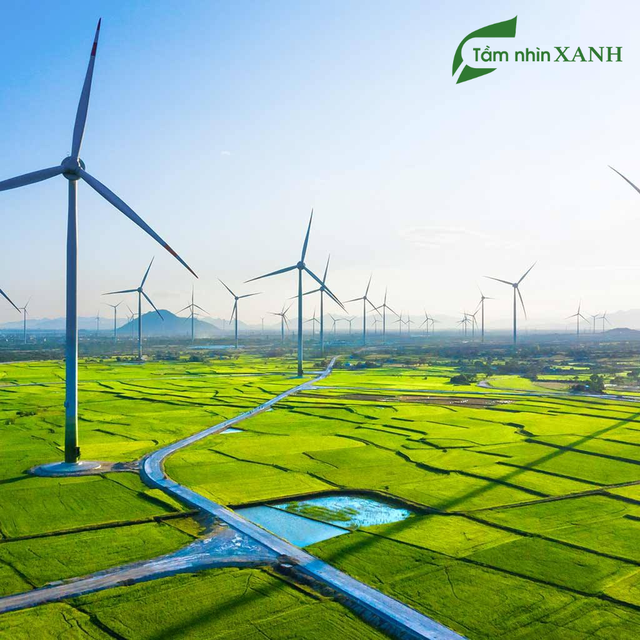


![[Photo] President Luong Cuong and King Philippe of Belgium visit Thang Long Imperial Citadel](https://vstatic.vietnam.vn/vietnam/resource/IMAGE/2025/4/1/cb080a6652f84a1291edc3d2ee50f631)

![[Photo] Prime Minister Pham Minh Chinh meets with King Philippe of Belgium](https://vstatic.vietnam.vn/vietnam/resource/IMAGE/2025/4/1/be2f9ad3b17843b9b8f8dee6f2d227e7)
![[Photo] General Secretary To Lam receives King Philippe of Belgium](https://vstatic.vietnam.vn/vietnam/resource/IMAGE/2025/4/1/e5963137a0c9428dabb93bdb34b86d7c)
![[Photo] Close-up of Vietnam's sniffer dog team searching for earthquake victims in Myanmar](https://vstatic.vietnam.vn/vietnam/resource/IMAGE/2025/4/1/d4949a0510ba40af93a15359b5450df2)



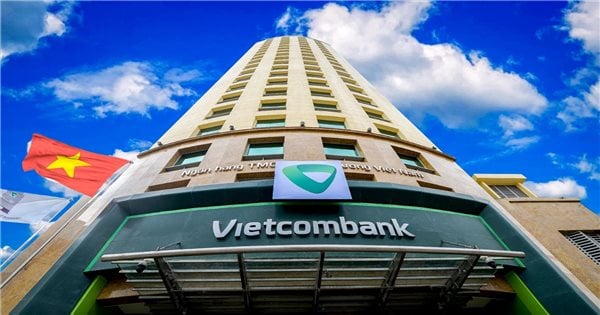


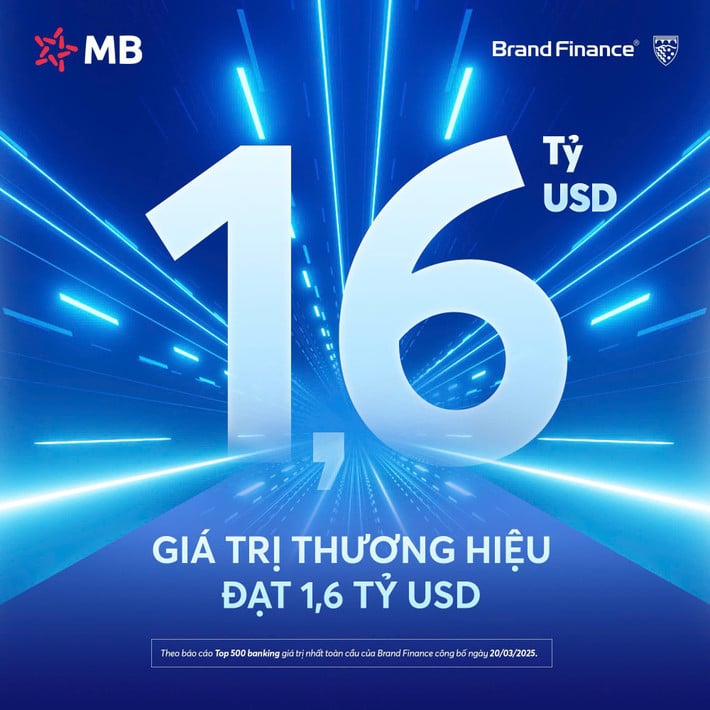





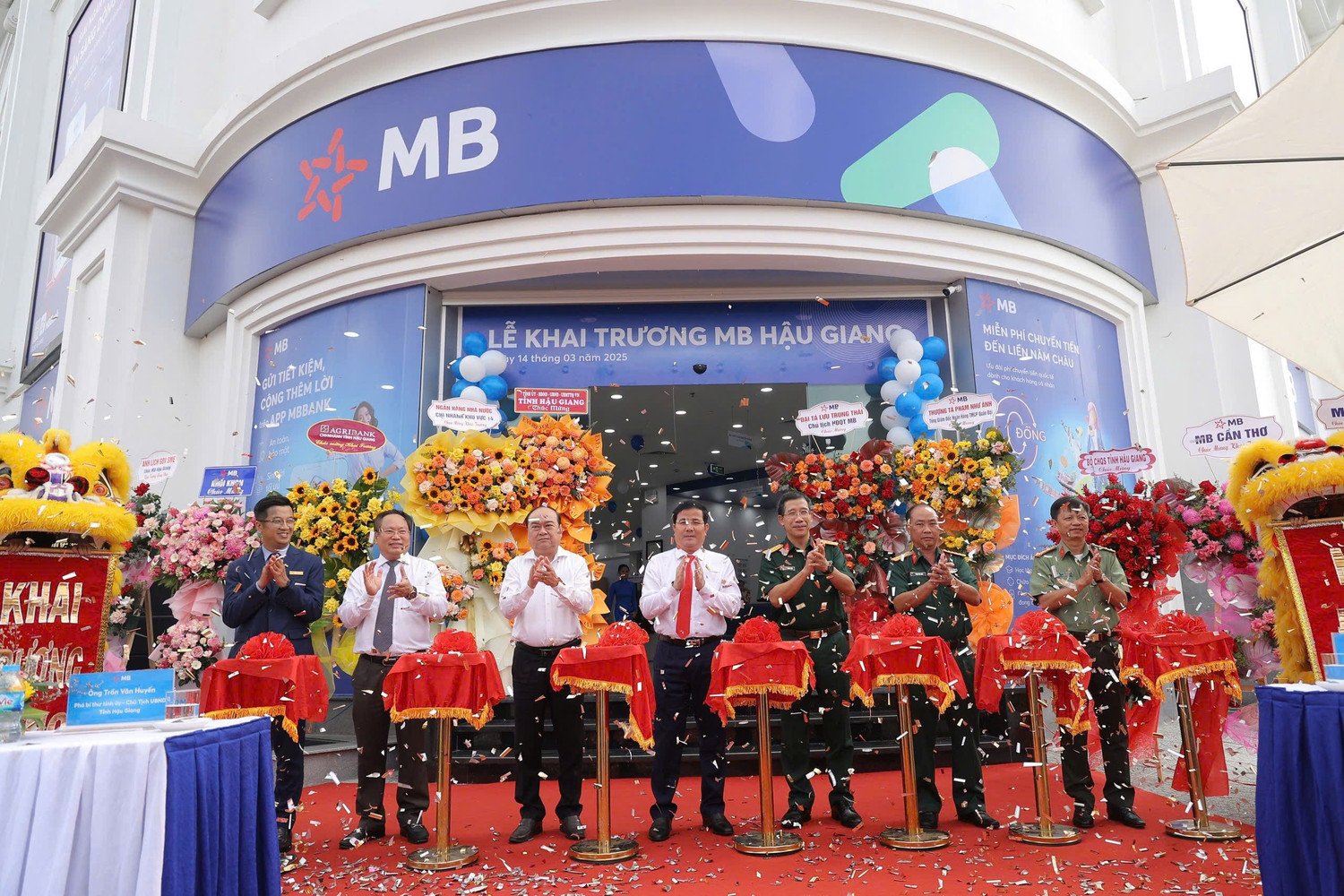
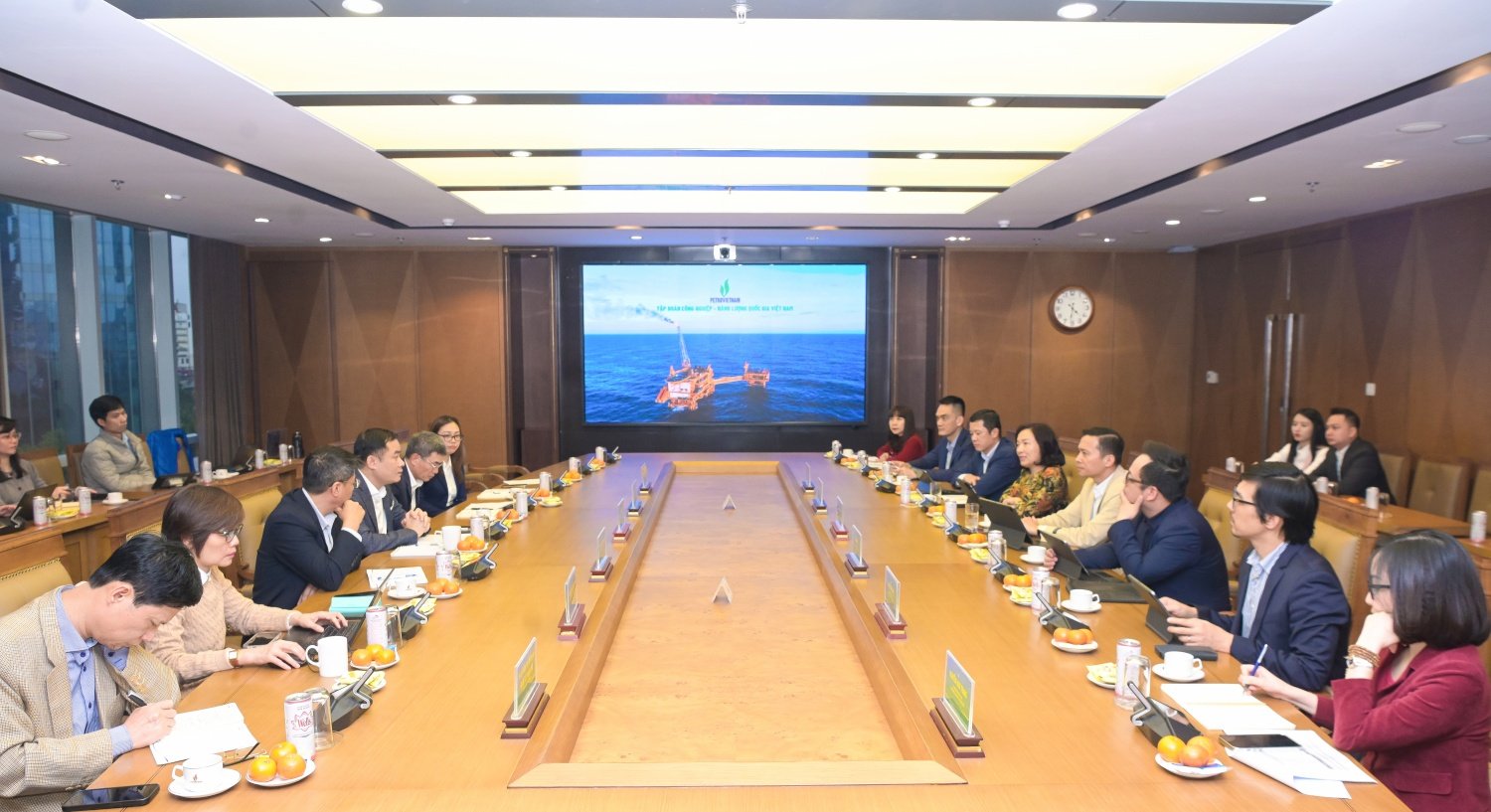







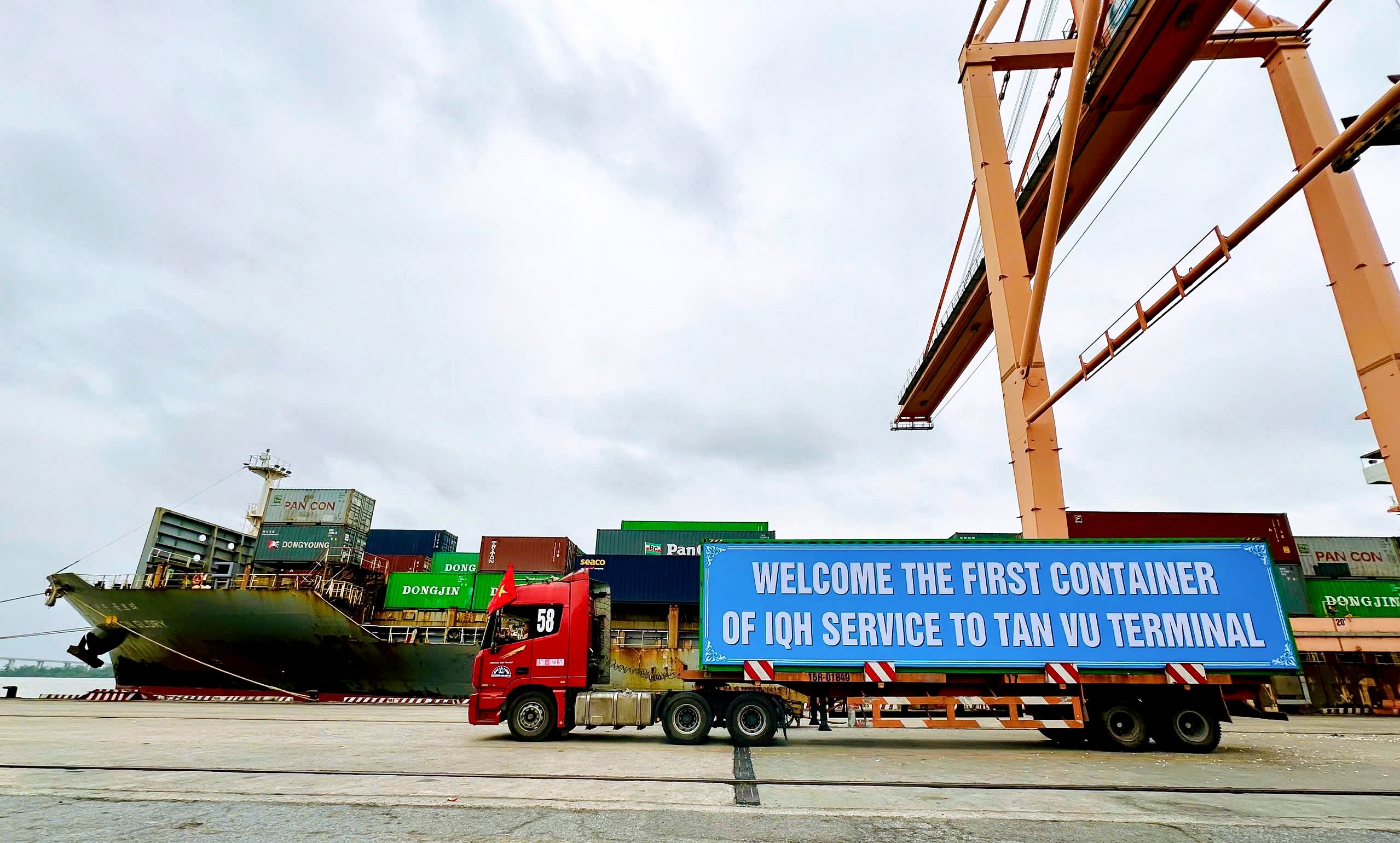
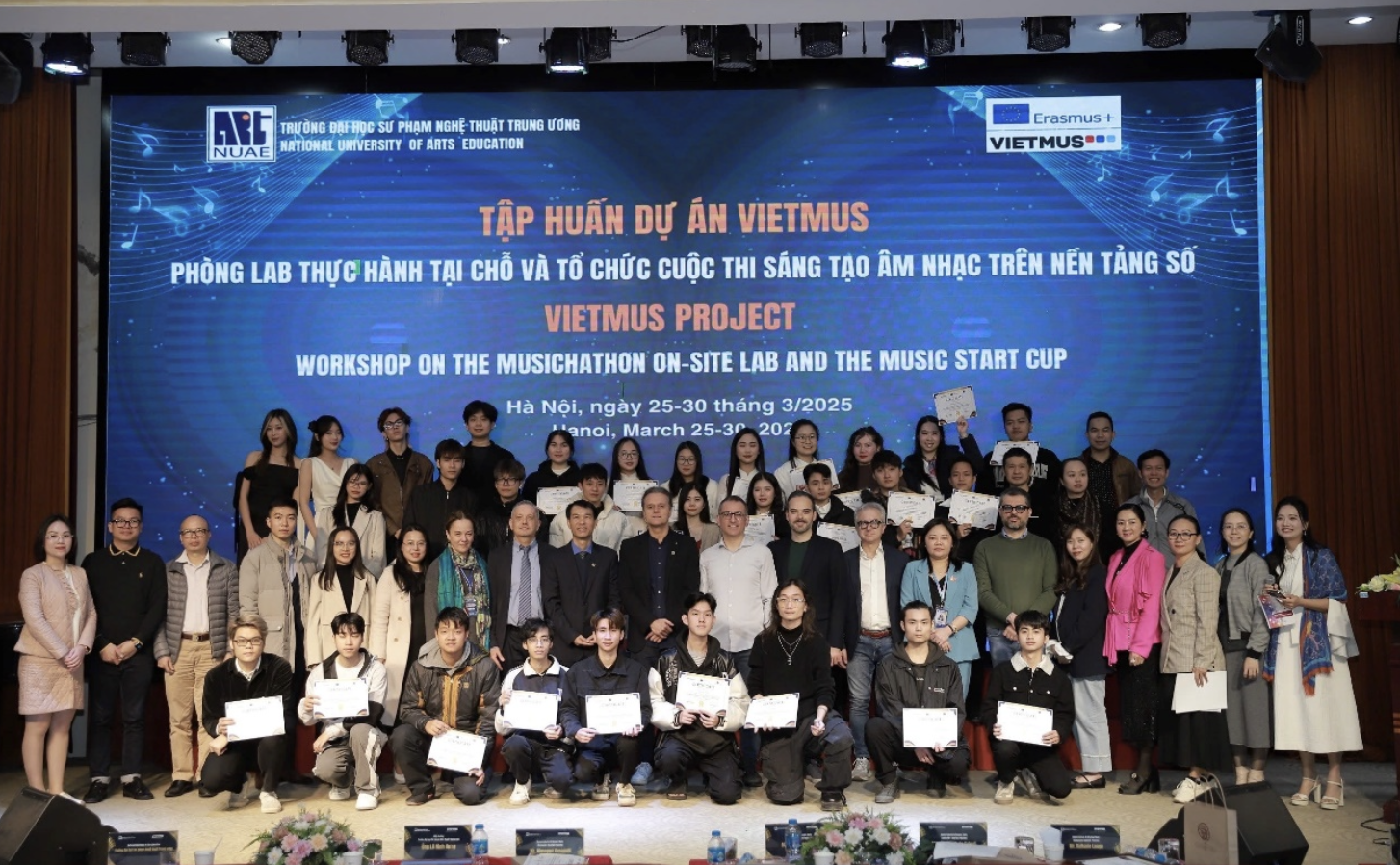


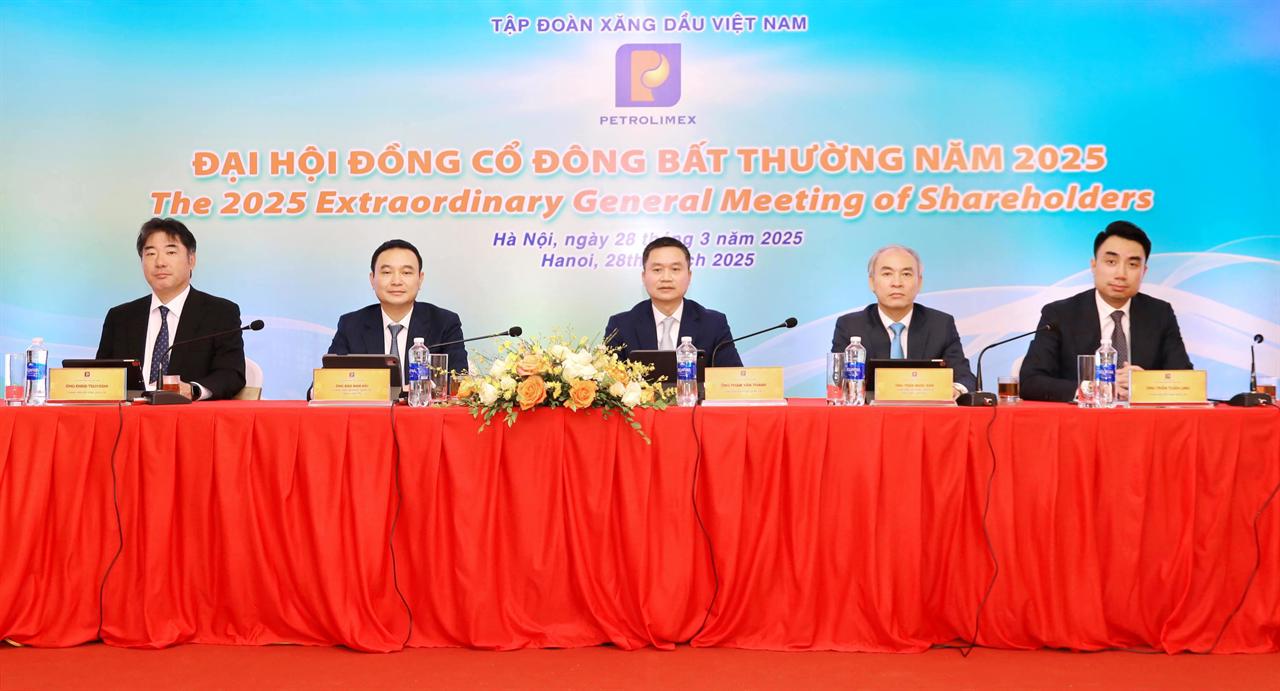
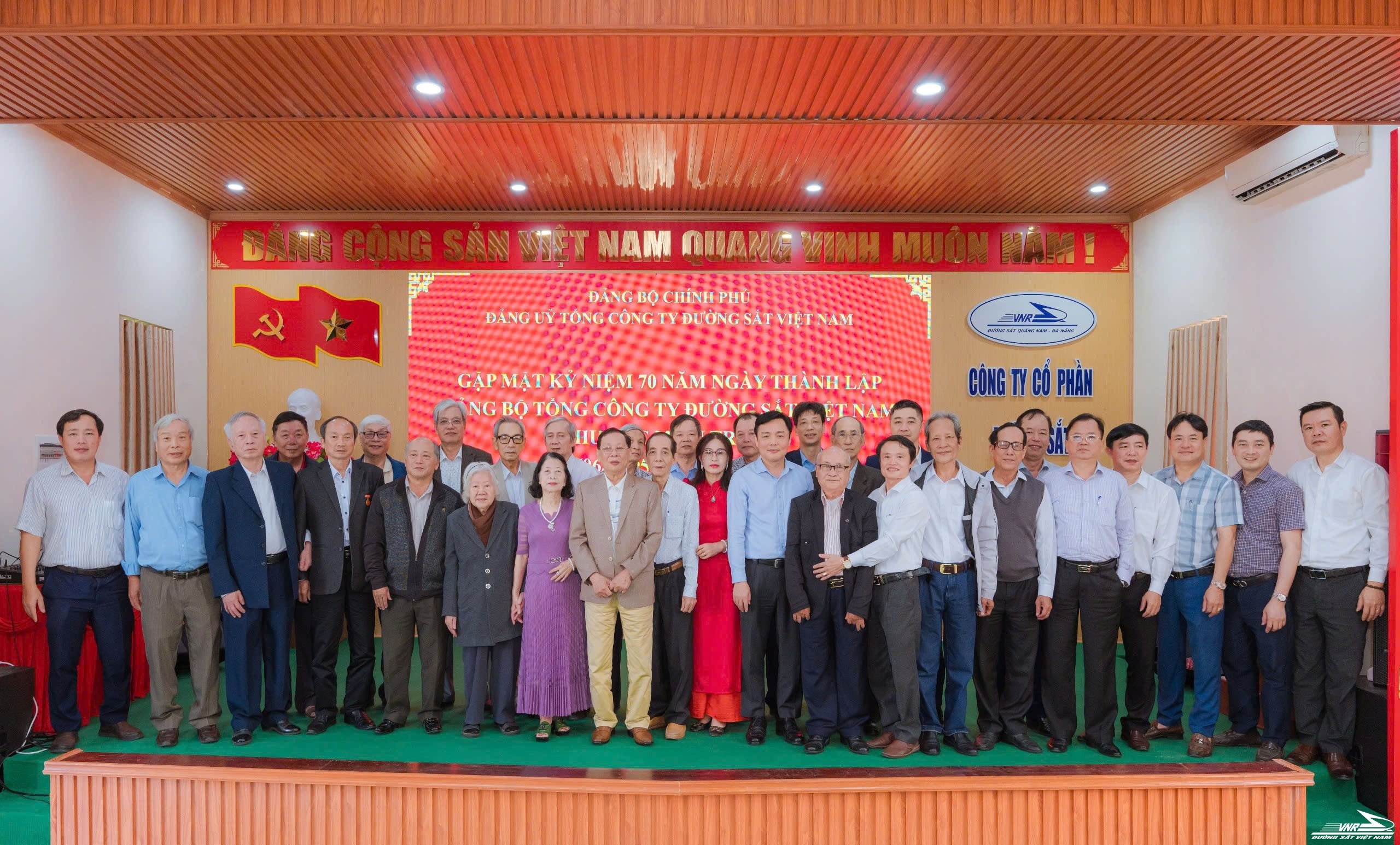
![[Photo] Myanmar's capital in disarray after the great earthquake](https://vstatic.vietnam.vn/vietnam/resource/IMAGE/2025/4/1/7719e43b61ba40f3ac17f5c3c1f03720)





























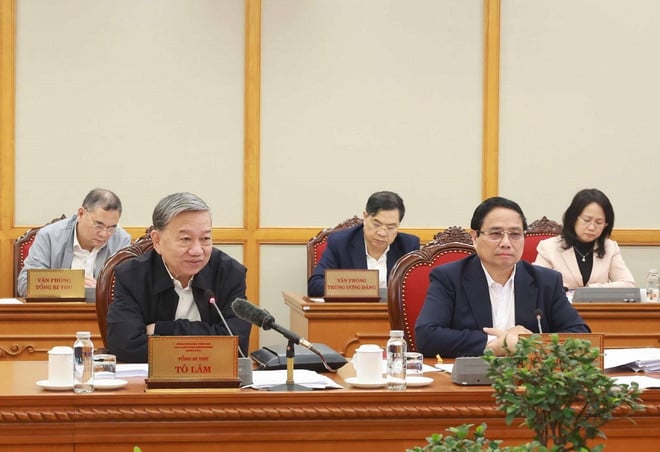



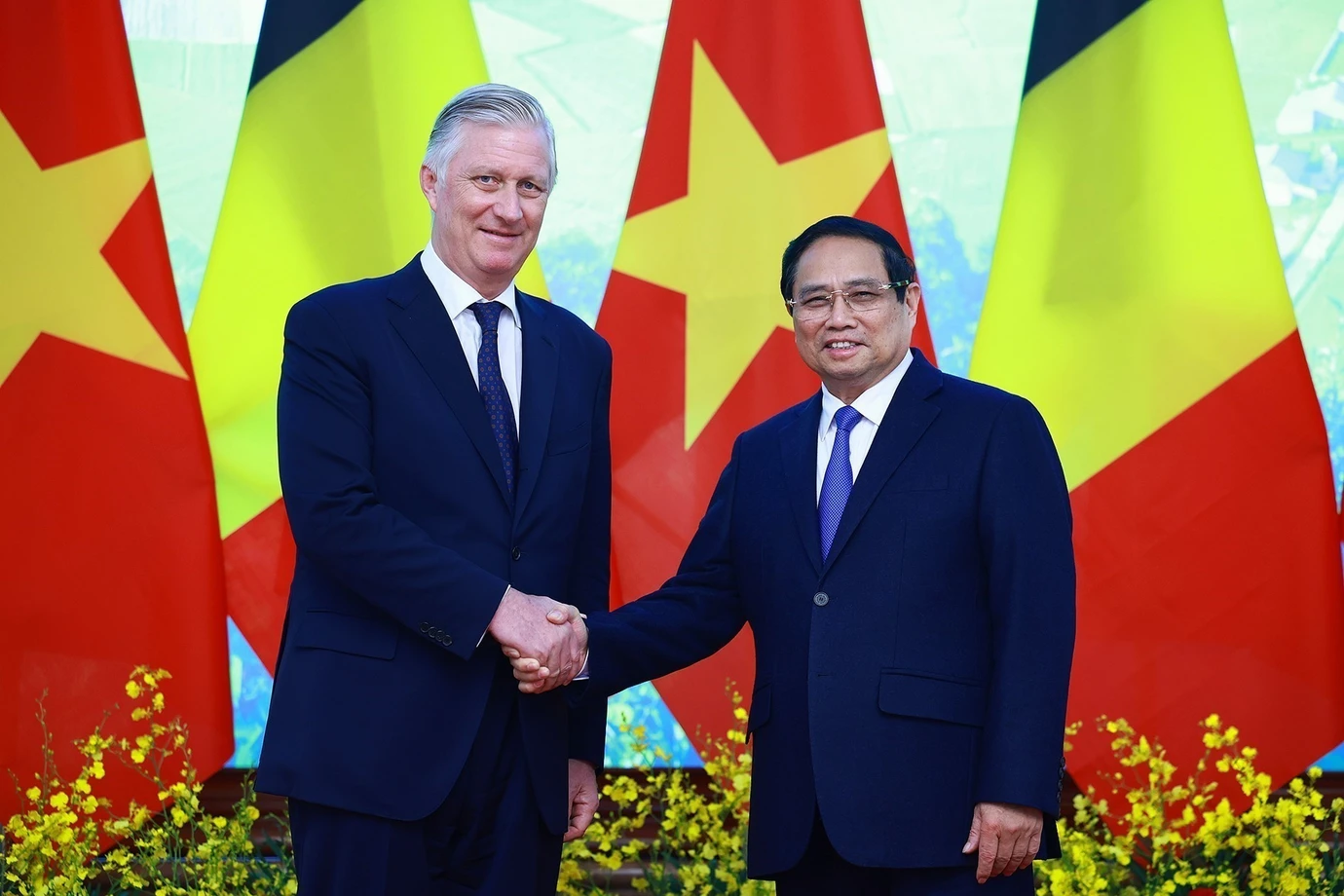











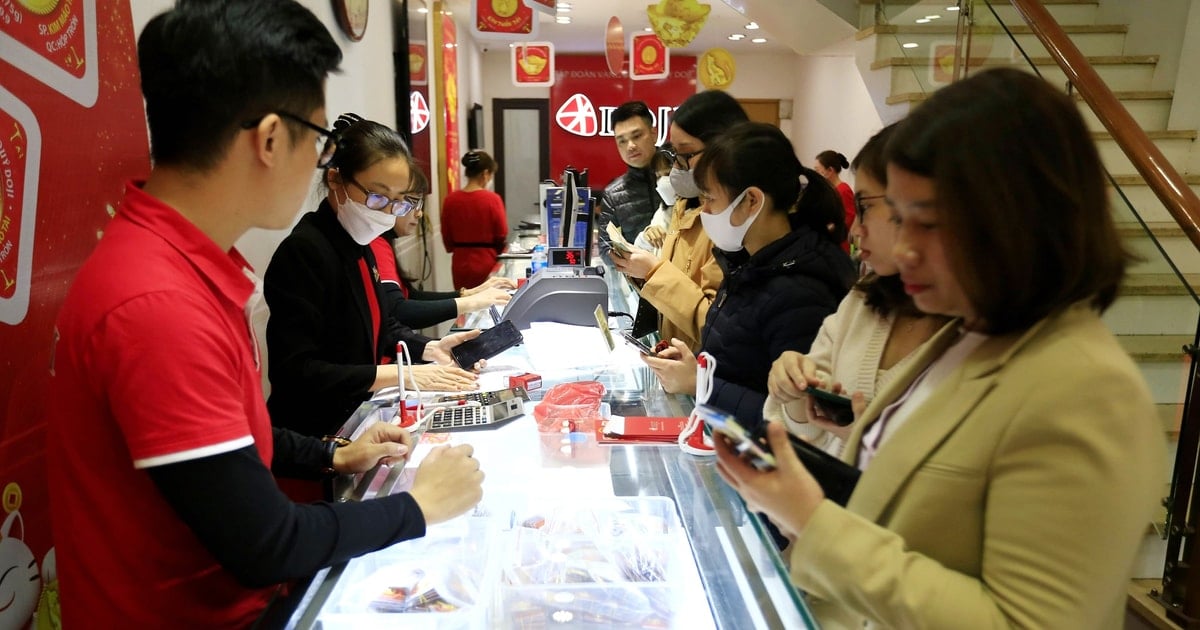















Comment (0)